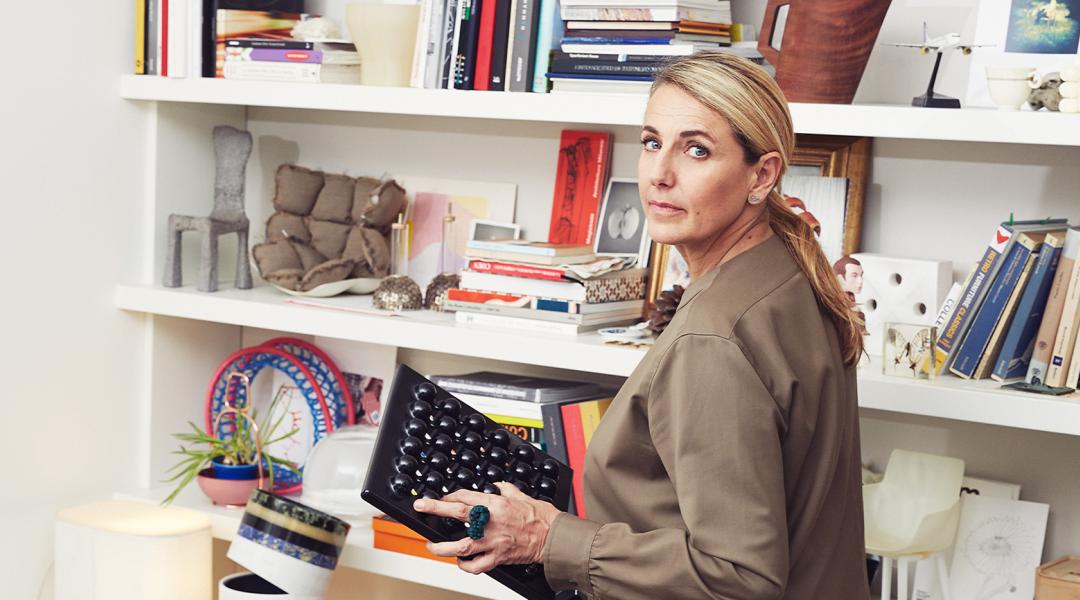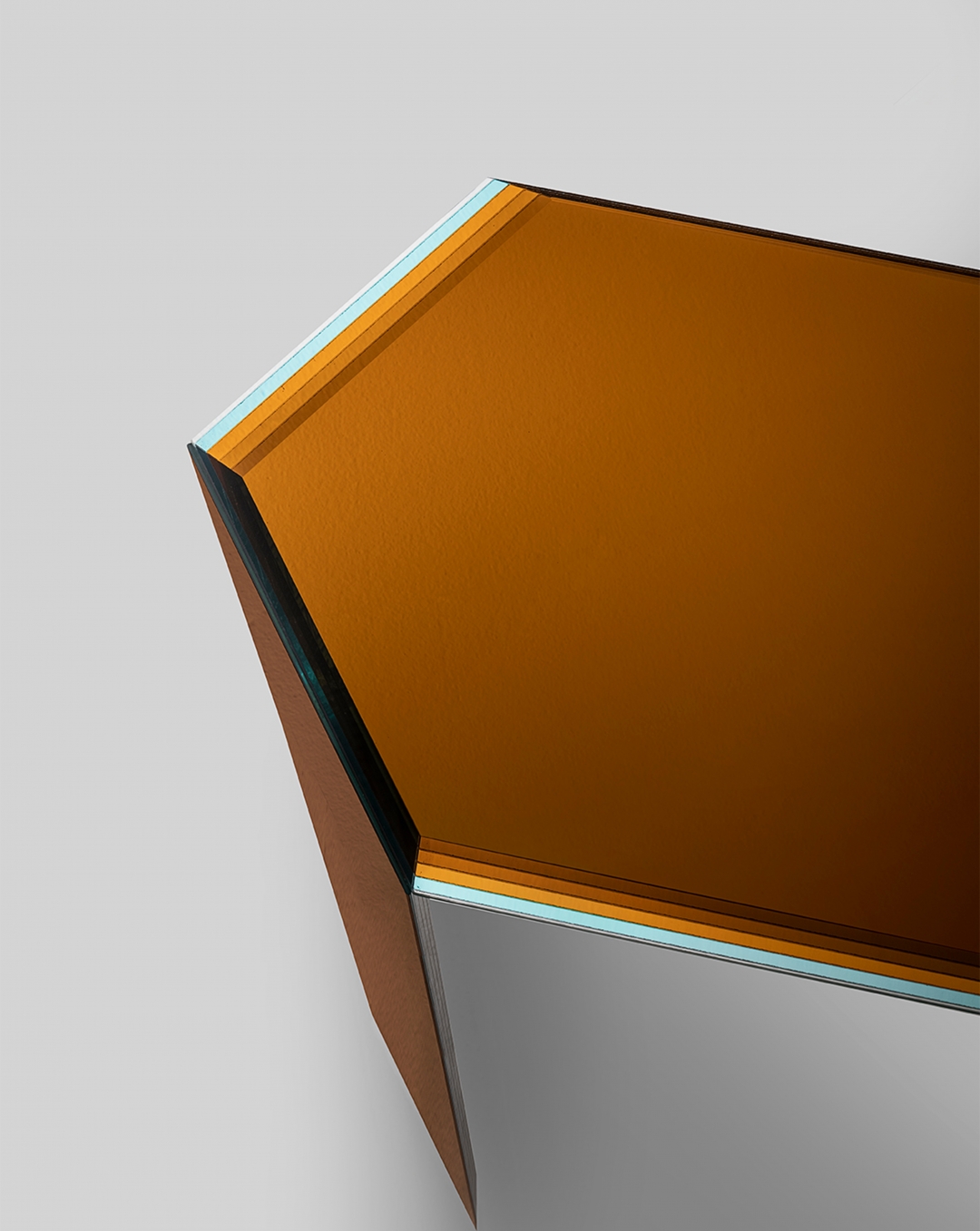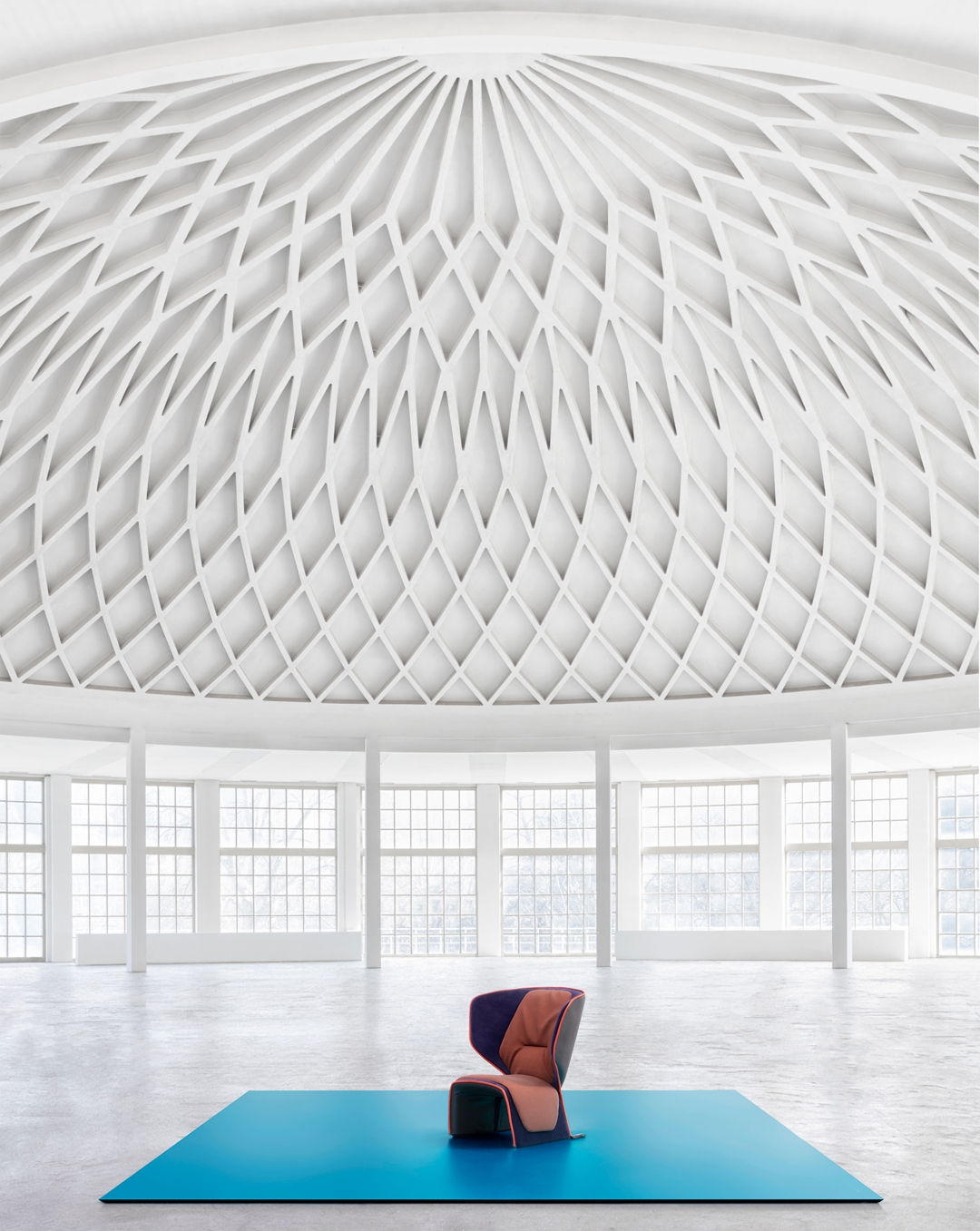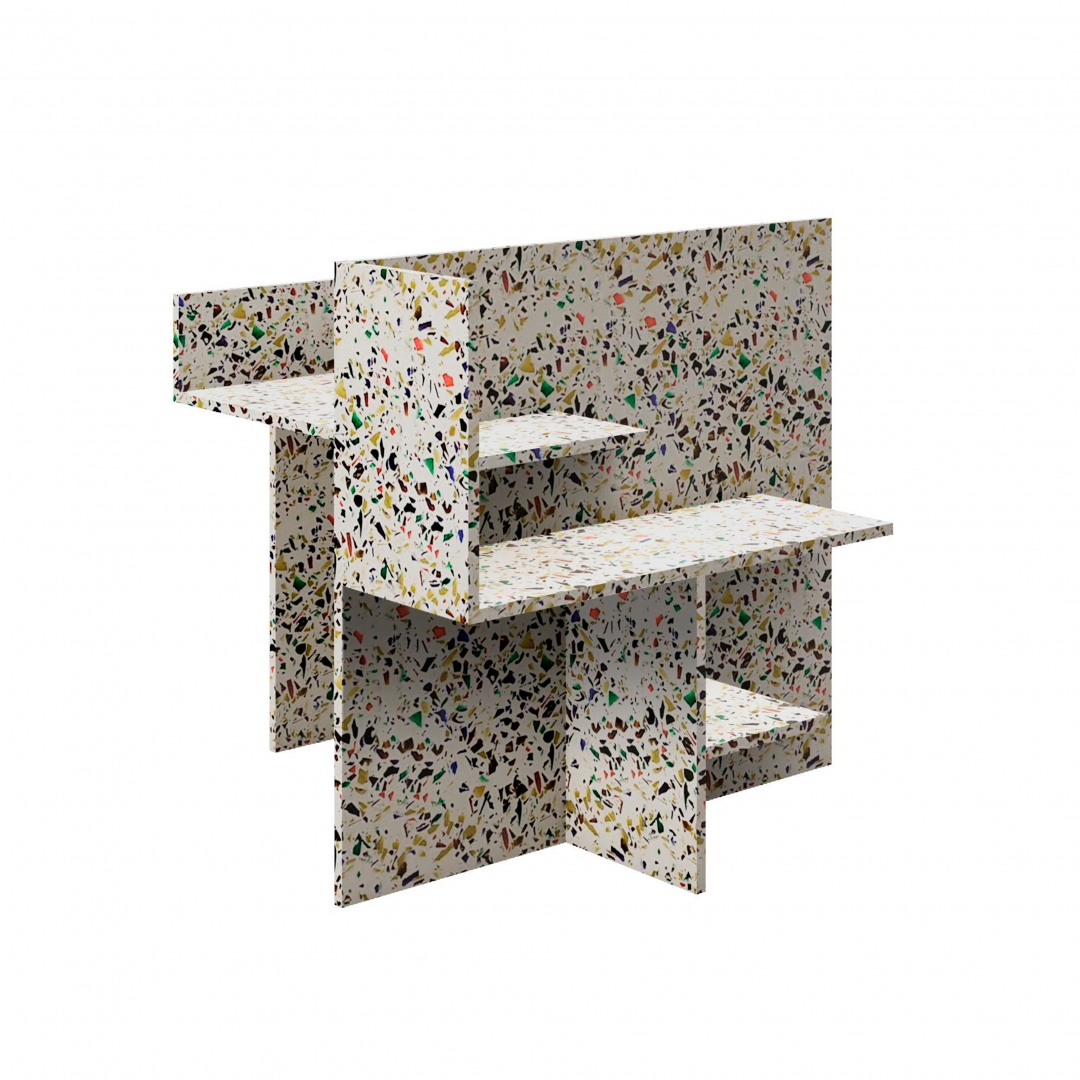Patricia Urquiola
The Curious Architect

Her talent is universal because creativity and good taste have no boundaries. Architect and designer Patricia Urquiola returns to the Spanish capital to inaugurate 'Nature Morte Vivante', an exhibition within the framework of the Madrid Design Festival to discover her very personal universe.
When Patricia Urquiola (Oviedo, 1961) was a child, her mother nicknamed her “pincer hands” because of the many things she would break. Well, it doesn’t come as a surprise — that girl was so curious as to what was inside, she had to disassemble them. At 18, she decided to leave her native Oviedo to study Architecture in Milan. Little by little, her talent grew to reveal the soul of things and to translate it into buildings, lamps, armchairs, carpets and many other wonderful objects aimed to make life easier, more comfortable and more beautiful. Today she is one of the world’s most awarded and respected architects and designers, but she insists on downplaying this aspect: "If you go after the recognition, you’re lost."
With a brilliant career behind her, the Milan-based designer starts the year with Nature Morte Vivante, a large exhibition dedicated to her work organized by the Madrid Design Festival 2020 and showing at the Fernán Gómez Centro Cultural de la Villa until 1 March. Curated by Ana Domínguez Siemens, it brings together a series of pieces intended for industrial production, artisanal production, and for a cross of the two, grouping her creations around six still lifes that explore recurring themes in Urquiola’s line of work and thinking.

Bezel Console Table by Patricia Urquiola for Glas Italia. © Courtesy of Patricia Urquiola
What makes a revolutionary design never go out of style?
Achille Castiglioni was a great designer and a great man, and one of my teachers. He taught me how to look, browse and dedicate enough time to each thing, but above all to always look for the ludic and emotional side of each project. I remember Castiglioni always said that, when you’re designing, you must think about who will use your creation. He loved the poetic aspect of thinking about spaces and objects in relation to people. “The fundamental element” — as he would call it — “is the basis on which the project is founded.” His words are always in my mind and are the starting point to create an empathetic and emotional connection with the users of my projects, whether it’s architecture or object design.
As a creator, how important is the past and the future to you?
I think designing is not a superficial but a complex process. The past is what make us who we are and, therefore, it can’t be ignored. It represents our roots, our history. It’s important to know where we come from and what has happened. Looking to the past helps us understand the present, avoid mistakes and restore balance. But designers must look to the future and project themselves into it to try to anticipate changes in society and to understand the demands and the needs of the future.
“Looking to the past helps us understand the present, avoid mistakes, and restore balance. But designers must look to the future”
How has the way of understanding everyday actions such as lighting a room, sitting or living in a space changed?
Nowadays, we can’t do without the technology that has become part of our lives, and that’s something a designer must take into account more and more. The lighting of a space, as well as some functions and habits, are linked to the increasingly intrusive presence of new technologies. Everything is becoming smart. Smart working allows people to work from home, and changing the type of furniture and lighting makes it possible for them to have a space to do it.
Behind every design there is a story. What do the pieces and the places you create tell?
My inspiration comes from everything and from any place, street, city, people or object. I’m a curious person, I like to observe everything around me, that’s my greatest source of inspiration. Unexpected things usually attract my attention the most. I also like to collect objects, most of which seem meaningless or of little value. But very often they find a way to get my attention even after some time — they need to mature.

Gender armchair, by Patricia Urquiola for Cassina. © Courtesy of Patricia Urquiola
When you work as a designer for a brand, what degree of freedom do you have?
When a company calls me, I always try to understand the reality of the brand, interpret its identity and the need of the end customer. I firmly believe in teamwork and we always design in a group of four people. Whoever calls me knows that I will try different possibilities and new technologies beyond the project itself in order to achieve an innovative result and exceed expectations. This is a challenge that is a fundamental aspect of my work. But the result must always be consistent with the identity of the client, otherwise it can’t be considered a good result.
To what extent do crafts and technology coexist in your work?
Objects created by a craftsman express themselves through the value of materials and manual work. While they may not have a simple function, they become “beings who speak”, sensual and iconic, that express all the values of tradition, pushing themselves to contemporary times. Technology, on the other hand, is part of our contemporaneity, and it usually allows us to use materials and achieve results that would be unexpected or difficult otherwise. I really like the combination of technique and artifice, of craftsmanship and technological development. I have often devised digital objects for an artisan to make them by hand, for example the Albura glass I designed for Bottega Ghianda.
On a planet hurt by climate change, should design be eco-friendly?
Sustainability is a very current problem. One of our duties as designers is to worry about it and cope with it. We’re increasingly working with Italian and international companies in all our projects to improve processes and production with the environment as a priority, which entails the selection of materials, but also the entire production cycle and the transportation, among other things. It’s a long process.
You said once that “advancing is only possible by overcoming preconceptions." What is the key to never being pigeonholed?
I’m a designer and an architect, so every day I work on different and complex projects. The most important aspect in every project is to find innovative and functional solutions that are empathetic with the people that will use and live them.

Radicàl Fake Desk with Bookshelf, by Patricia Urquiola for Capellini. © Courtesy of Patricia Urquiola


